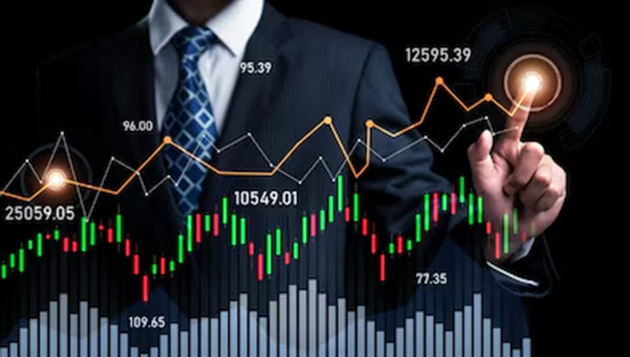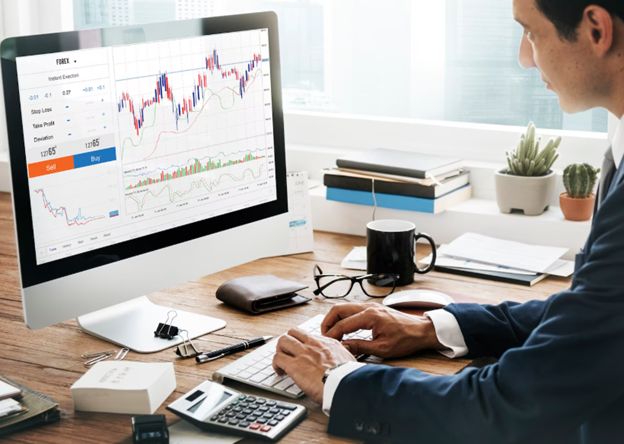You can’t just trust your gut when you trade forex quickly. The currency markets are complicated, so traders need the right tools to get about. This is where advanced technical indicators come in handy. They make Premium Forex Signals more accurate and provide traders with a better idea of how the market is moving.
The Role of Technical Indicators in Forex Trading
Technical indicators are arithmetic formulas that use the price, volume, or open interest of a security to make predictions. They enable traders to figure out market trends, find good times to buy and sell, and handle risk well. These indicators give you an organised way to make decisions when you use them with Signals for Forex Trading.
A Trend-Following Momentum Indicator

The MACD is a flexible indicator that uses both trend-following and momentum. It finds the difference between two exponential moving averages (EMAs) and draws a signal line. When the MACD line and the signal line cross, it could mean that it’s time to buy or sell. Traders commonly employ MACD with other indicators to confirm trends and cut down on false signals.
Gauging Overbought and Oversold Conditions
The RSI is a momentum oscillator that tells you how fast and how much prices are changing. It goes from side to side between zero and a hundred. Readings above 70 suggest that the marketplace is overbought, and readings below 30 imply that it’s oversold. Traders look for possible reversal signals using the RSI, especially when it moves in the opposite direction of price activity. Adding RSI to Forex Trading Signals helps make trade setups more reliable.
Bollinger Bands: Assessing Volatility and Price Levels
There is a middle band (the simple moving average) and two outside bands that are standard deviations distant from the main band in Bollinger Bands. The distance between the bands changes when the market is volatile. If the rate touches the better band, it may suggest that the marketplace is overbought. If it touches the decrease band, it could imply that the market is oversold. Traders use Bollinger Bands to determine how unstable a marketplace is and where it might escape or break down.
Moving Averages: Smoothing Price Data to Identify Trends

Moving averages are basic tools for technical analysis. They smooth out price data to find out which way the trend is going. Simple shifting averages (SMA) and exponential moving averages (EMA) are the maximum not common bureaucracy. Crossovers between awesome transferring averages, like the 50-length shifting average above the two hundred-length moving average, are from time to time used to show that a trend is probably converting. Adding shifting averages to Premium Forex market Signals will help you spot marketplace tendencies greater accurately.
Stochastic Oscillator: Identifying Overbought
The Stochastic Oscillator looks at a certain closing price and compares it to a range of values over a certain time. If the value is above 80, it means that the market is overbought. If the value is below 20, it means that the market is oversold. When the %K and %D lines cross over each other, it could mean that you should purchase or sell. Traders commonly use the Stochastic Oscillator with other indicators to find spots when the trend might change.
Conclusion
Advanced technical indicators are very important for making Premium Forex Signals more accurate and dependable. Traders may make better choices and feel more confident in the forex market by learning how to use indicators like the United Kings and others. To stay ahead of the competition, you need to keep learning and adjusting to changes in the industry.




